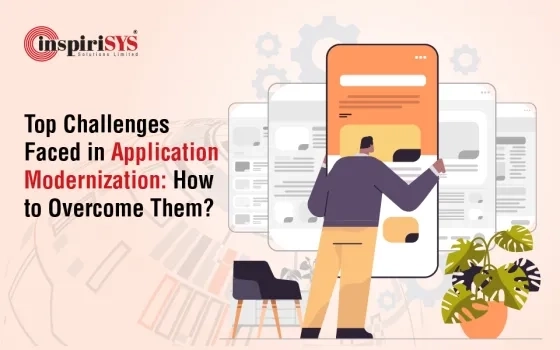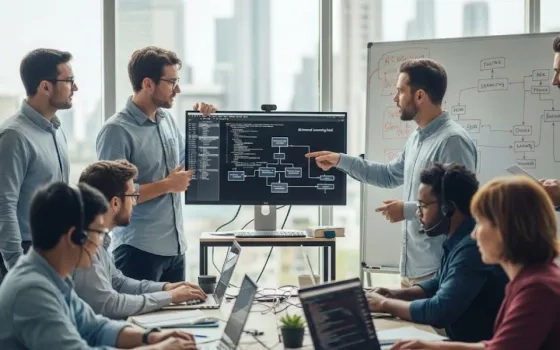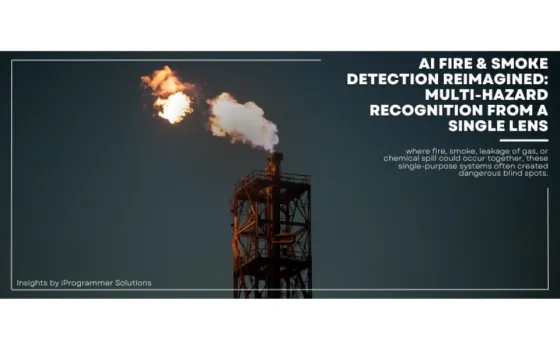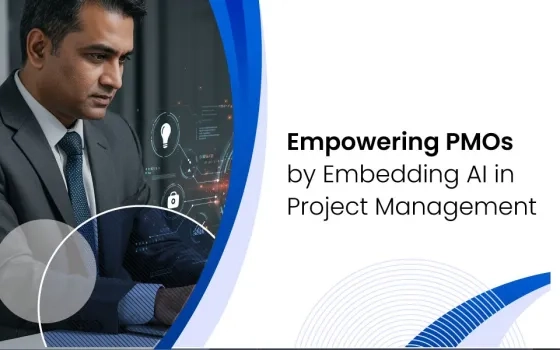Organizations that continue to rely on their successful applications built in the past have come to a point where the modernization of features, platforms, and infrastructure is required. However, it is not easy to upgrade legacy systems as it requires smart planning and successful strategies.
While Scalability and performance improvements are the primary reasons why organizations invest in application modernization, the process is not free from challenges. This article will help you know the biggest challenges faced by companies and teams while modernizing legacy apps.
If you are still resisting modernizing your application, here is an interesting take by Stefan Van Der Zijden, VP analyst at Gartner, on application modernization.
“For many organizations, legacy systems are seen as holding back the business initiatives and business processes that rely on them. When a tipping point is reached, application leaders must look to application modernization to help remove the obstacles."
Why Application Modernization?
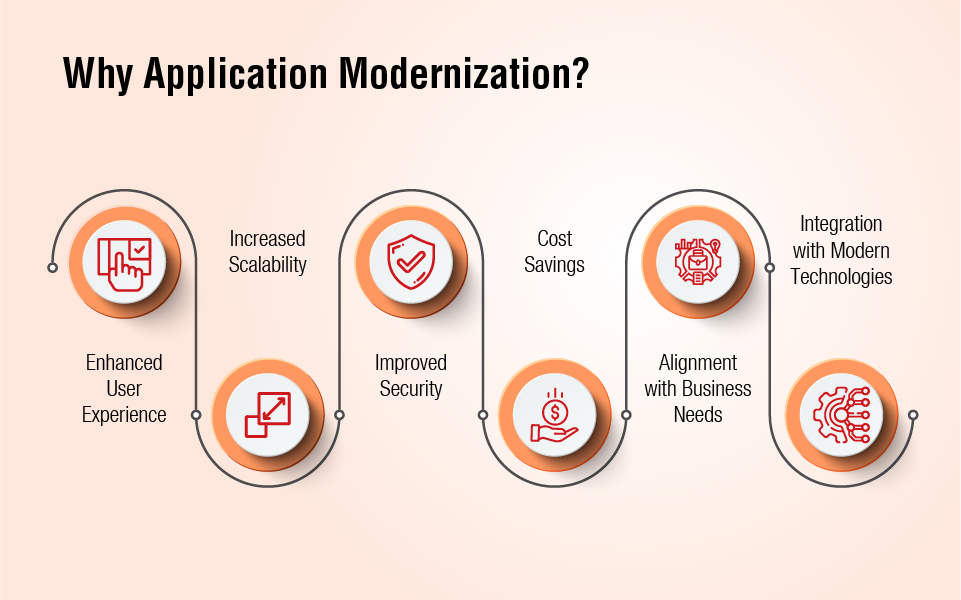
Application modernization is the process of updating and improving legacy applications to make them more efficient, effective, and aligned with current business needs and technologies. There are several key reasons why organizations may choose to modernize their applications:
- Enhanced User Experience: Modernizing applications will improve the user experience by providing better functionality, usability, and accessibility. This can lead to increased user satisfaction, engagement, and adoption.
- Increased Scalability: Modernized applications can be more easily scaled to handle larger user loads and increased data volumes. This can help organizations accommodate growth and expansion without sacrificing performance or reliability.
- Improved Security: Modernized applications incorporate modern security practices and technologies, reducing the risk of security breaches and data loss.
- Cost Savings: Modernized applications can be more efficient and cost-effective to maintain, reducing the total cost of ownership over the application's lifecycle.
- Alignment with Business Needs: Modernizing applications ensures that software solutions are in line with current business needs and objectives, enabling organizations to better serve their customers and achieve their goals.
- Integration with Modern Technologies: Modernized applications can be designed to integrate with modern technologies, such as cloud computing, mobile devices, and Internet of Things (IoT) devices, enabling organizations to leverage these technologies for competitive advantage.
While all this sounds very true, recent years have shown that modernization projects are becoming more complex and organizations are finding it tough to face modern challenges.
Major Application Modernization Challenges
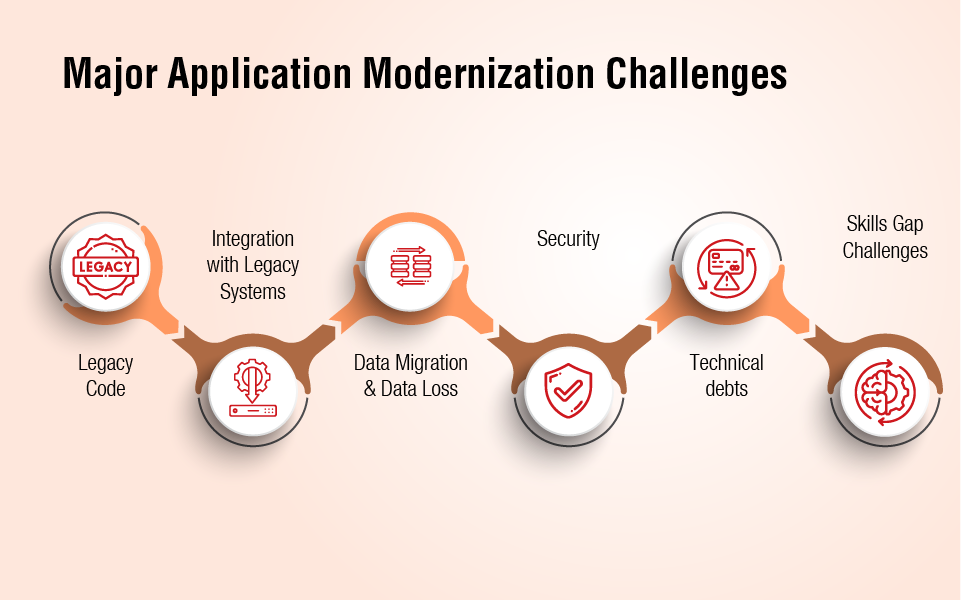
Here are some common challenges faced during the complex process of application modernization. Find the solutions to the challenges right below them.
1. Legacy Code:
Legacy code can be difficult to update and maintain, which makes modernization challenging. The large code base becomes more vulnerable to several problems even when a small portion of the code is rewritten or replaced. Moreover, legacy code is always tightly coupled with other parts of the legacy system, creating dependencies that can be difficult to untangle. This can make it challenging for developers to update or modernize individual components of the legacy system without affecting other parts of the system
Solution: Organizations can adopt a phased approach to modernization, starting with smaller, less critical applications and gradually moving on to larger and more complex legacy systems. Similarly, you can use modern development practices, such as agile development and DevOps, to help streamline the code refactoring process and improve the quality of the updated code.
2. Integration with Legacy Systems:
Integration with legacy systems is a significant challenge in application modernization because modernized applications often need to integrate with existing legacy systems that deploy different technologies, data formats, and communication protocols. Legacy systems are mostly built with outdated technologies which are not friendly with recent tools as these tools are needed for scalability and flexibility. In addition, legacy systems would use different data formats or data models compared to modern systems and this data conversion and integration is extremely tough.
Solution: There are four ways to move forward when you face integration challenges.
- Identify the integration points between the modernized application and the legacy system to understand the scope and complexity.
- Develop a data conversion plan to ensure that data can be effectively migrated from the legacy system to the modernized application.
- Use middleware solutions, such as enterprise service buses (ESBs), to facilitate integration between modernized applications and legacy systems. This will help translate data formats and communication protocols.
- Leverage APIs to facilitate integration between modernized applications and legacy systems. APIs can provide a standardized way for systems to communicate with each other, enabling data and functionality to be shared more easily.
3. Data Migration & Data Loss:
Data migration is a critical aspect of application modernization, as modernized applications often require the migration of data from legacy systems to modern platforms. However, data migration can present several challenges, including the risk of data loss.
Data loss happens during the data migration process due to a variety of factors, such as incomplete or inaccurate data mapping, data corruption, and software or hardware failures. Data loss can result in significant business disruption, loss of productivity, and loss of revenue.
Solution: Teams have to analyse all the data from the legacy app to identify potential issues and risks. This can include identifying data dependencies, data quality issues, and data security requirements. Other practices like continuous testing, backup, and recovery are also required.
4. Security:
Modernized applications can be vulnerable to security threats, especially if they are not designed with modern security practices in mind. Data security, application security, network security, Identity, and access management, and compliance are the major security challenges that all organizations face with modernization goals.
Solution: Adoption of a Security-by-design approach, incorporating modern security practices and technologies into the application design and development process, can be of great help to mitigate security challenges. This can include performing security assessments, implementing secure coding practices, leveraging modern security tools and technologies, and engaging with security experts and stakeholders throughout the application modernization process. By prioritizing security throughout the application modernization process, organizations can enhance the protection of their applications and data from security threats.
5. Technical Debts:
Tech debt is a major pain point that many organizations forget to assess while picking application modernization projects. The concept refers to the cost of maintaining legacy systems or applications that have become outdated or inefficient over time. High technical debt can be a challenge in application modernization, as it can result in increased costs, complexity, and risks. Lack of documentation, vendor Lock-in, and complex systems are a few contributing factors to high-tech debt.
Solution: Investment in documentation, such as system diagrams, code comments, and user manuals, will help developers understand the legacy system better and reduce the risk of technical debt. It is also important to implement other solutions like a phased approach and usage of modern technologies (cloud computing, containerization, and microservices) to help reduce technical debt.
6. Skills Gap Challenges:
Specialized skills and expertise are required in IT teams that handle application modernization projects. Organizations that lack the necessary skills in-house can suffer from the unique hurdles presented by legacy applications during the upgrading process. The need to hire external consultants or vendors to assist with application modernization can not only increase costs but also reduce flexibility. Skill gap also increases the time-to-market and this is something every company wants to avoid for maintaining a good reputation and success.
Solution: The best way to manage this challenge is by investing time and money in the training and development of skilled professionals inside the organization. Or, collaborations and partnerships with external partners (vendors, consultants, and other IT firms) who communicate well and understand your needs can help. Finally, Automation is another key solution that will reduce the need for individuals with specific expertise in application modernization.
Conclusion
The technology landscape has become more demanding and it is no surprise that organizations are under immense pressure of delivering high-quality performance in shorter spans. Since the modernization of applications come under the arc of digital transformation, it is worthwhile for organizations to get through the challenges that were spoken about in this article. If you are taking efforts to modernize legacy applications, it is crucial to utilise the solutions we have discussed above to ensure smooth project completion.



